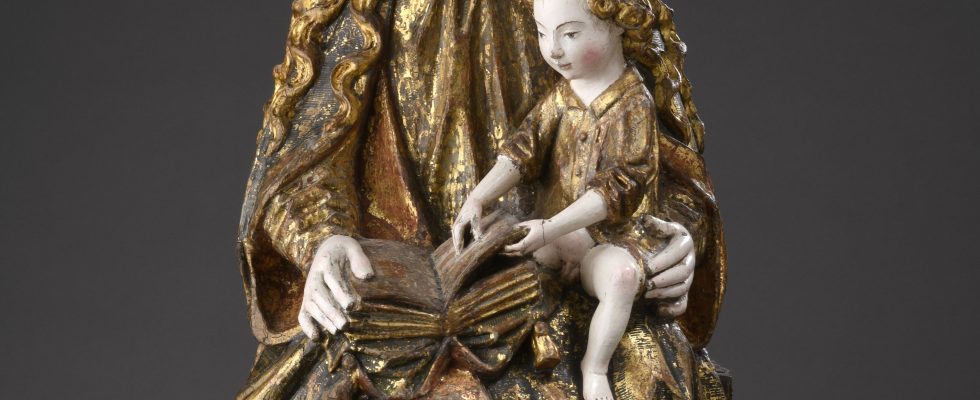Who would have imagined that heroic fantasy literature, video games, films Dune or the series Game Of Thrones would have an impact on the medieval art market, until then a confidential segment? Reserved for learned and often advanced amateurs, the Haute Epoque – an expression used by professionals to describe artistic creations made from the Merovingian era until the end of the Middle Ages and during the Renaissance – has become trendy again. And this movement is further amplified with the restoration of Notre-Dame de Paris, which arouses renewed interest in these distant centuries. A new clientele, younger, less erudite, nourished by the medieval aesthetic of video games, is interested and buys, in auction rooms or in galleries, sculptures, decorative objects and illuminated books.
Still reasonable prices
With this long-sluggish sector picking up steam, we could have feared a surge in prices. This is fortunately not the case. They even remain rather wise if we compare them to other speculative sectors of the art market such as design or modern art. In fact, but this is nothing new, only the works of the great artists of the Renaissance, more particularly the Italians, panic the counters. A bronze by Giambologna, an artist born in Douai but whose career is Italian, easily sells for several million euros. As for the great painters, let us remember that the Salvator Mundi by Leonardo da Vinci sold for a whopping $450 million. Exceptions.
For more than a thousand years, art has been essentially religious and this aspect has certainly contributed to keeping away amateurs. It is about representing Christ, the Virgin, Jesus and illustrating the Gospels. It was only during the Flamboyant Gothic period (from the 14th century) and during the Renaissance that secular representations (portraits, scenes of daily life or court life, courtly love, war, illustrations of legends and tales) are becoming more and more important.
Altarpieces, small sculptures and stained glass windows
Statues and altarpieces, diptychs or triptychs, in wood or stone, some of which have retained their original polychromy, are the most sought after. If you are aiming for masterpieces worthy of institutions like the Cluny Museum in Paris or The Cloisters in New York, a set of four medieval cloisters bringing together the Middle Ages collections of the Metropolitan Museum, you must invest at least 50,000 euros and often more than 100,000 euros. It was necessary to spend 106,000 euros for a Virgin and Child, known as Sedes Sapientiae, sculpture from the last third of the 12th century, 104,000 euros for a Hispano-Malinois Virgin and Child around 1500, or 180,320 euros for a Christ taken down from the Cross by the angels, work from the southern Netherlands from the second half from the 15th century. Fortunately for amounts less than 10,000 euros, or even between 2,000 and 5,000 euros, we find wonders. You will be able to buy small sculptures or altarpiece elements, ivory plaques, stained glass elements, pages of books of hours with rich illuminations and numerous objects of worship or daily life in brass, copper or copper. champlevé enamels, an enamel working technique specific to the Middle Ages.
Don’t think about finding these items in flea markets. Finds there are very rare. You have to follow the auctions, with certain companies offering sales dedicated to the Haute Epoque every year. This is the case for the Coutau-Bégarie and Giquello houses, at the Hôtel Drouot, in Paris, or Prunier in Louviers, in Normandy. General sales also offer some Haute Epoque lots quite regularly. It is therefore necessary to consult La Gazette Drouot to know about it. In Paris, many antique dealers located in the 7th arrondissement are recognized specialists. Let us cite Brimo de Laroussilhe, Gabrielle Laroche, Alexandre Piatti and, for sculpture alone, the Sismann gallery.
One last piece of advice if you discover a passion for medieval art. Visit museums regularly. You will gain insight and become a true medievalist.
.
